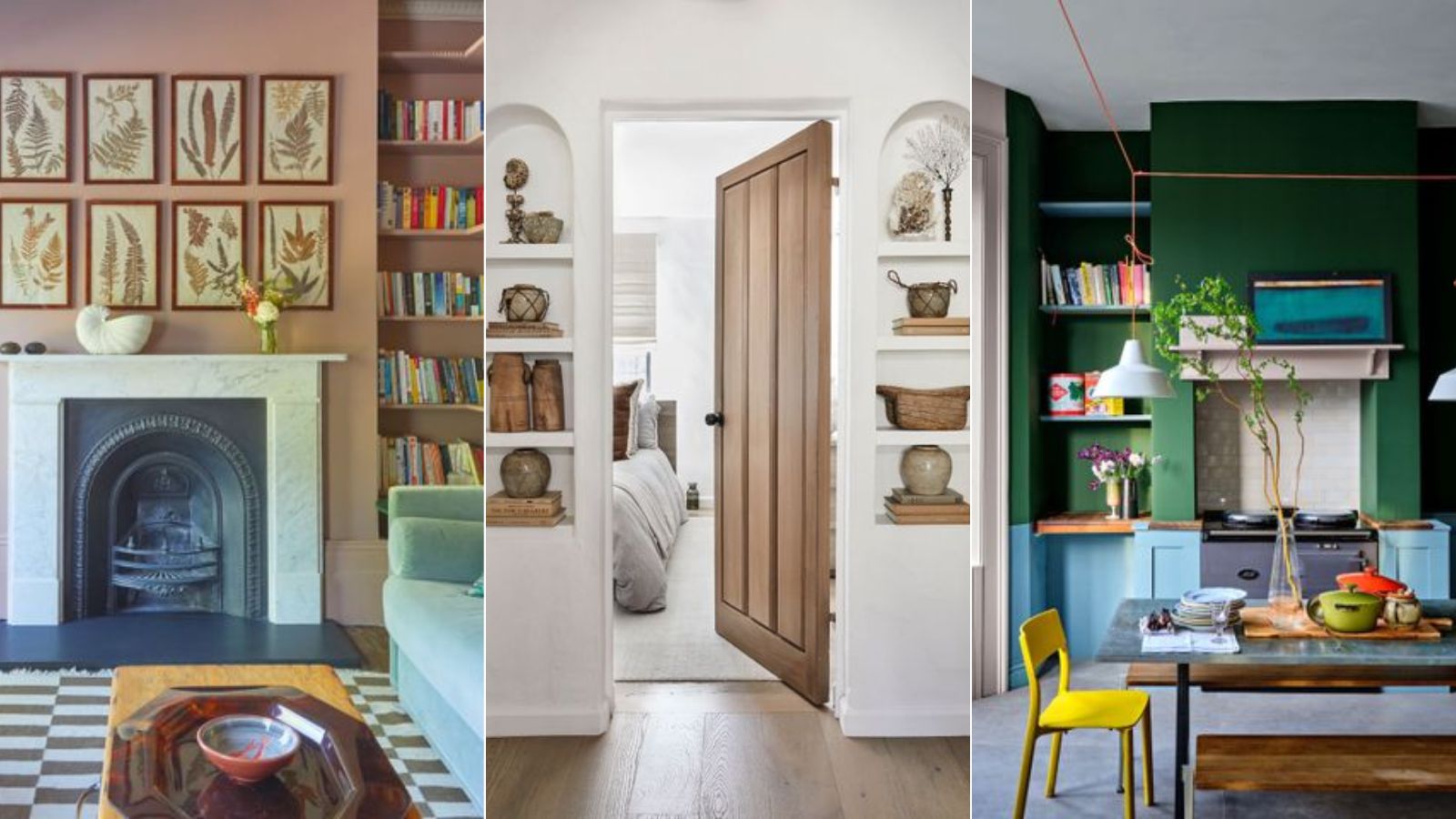
Installing shelves in an alcove is a great way to transform an alcove into a functional and aesthetically pleasing space, not only adding practical storage but also creating a focal point to enhance the overall design of a room.
This is the perfect project to ensure your alcove shelves are customized to your design and space. Whether you wish to create a cozy reading nook, a stylish display area, or simply utilize vertical storage in this otherwise underutilized space, installing shelves can be a great DIY project that you can complete in these seven steps.
Our experts explain how to create a safe and stylish display by installing shelves in an alcove, and three rules designers follow to style alcoves with shelves.
How to install shelves in an alcove and 3 rules designers follow
It's important to carefully plan this project before beginning, ensuring it is executed perfectly, and the shelves complement the room's design and fulfill your storage needs.
1. Mark the placement
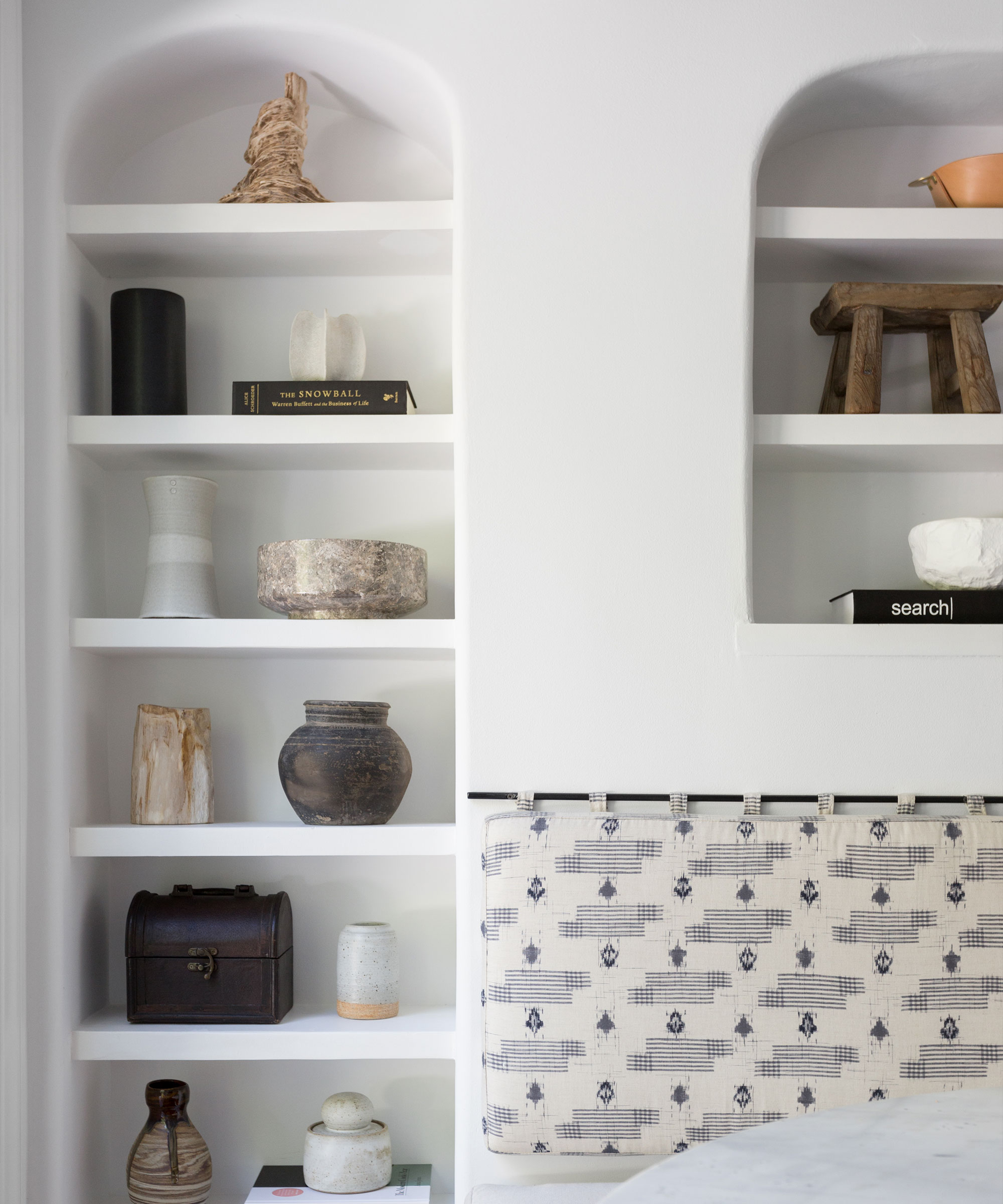
Before beginning this project, it's important to clear out any existing items from the alcove and clean the space thoroughly.
Remove any baseboards or trim that may interfere with the installation of the shelves.
You may want to take the time to varnish or paint the wall of the alcove.
2. Measure the alcove

'Measure the width, height, and depth of the alcove to determine the appropriate size for the shelves,' advises Shlomo Cherniak, owner of Cherniak Handyman Services. 'Take into account any obstructions or uneven surfaces that may affect the installation.'
Use a reliable tape measure to do this, such as this Amazon basics tape measure.
3. Choose the type of shelves

Decide on the type and material of shelves that will best suit your space and storage needs, as well as the style of the alcove.
Consider whether you want to opt for custom-built or adjustable shelves on brackets. The beauty of installing shelves in alcoves is that you can customize the type of shelf based on your personal taste. For example, if you are likely to need to adjust your shelves based on your changing storage needs, adjustable shelves may be ideal, however, if you pre-plan the purpose of your shelves according to the items you will store on them, then custom-built shelves may be perfect.
'Select a suitable material for the shelves based on your preferences and the intended use. Common options include wood, metal, or laminate,' continues Shlomo Cherniak. 'Consider the weight-bearing capacity and durability of the material.'
Choose a material that complements your decor and is suitable for the items you plan to place on the shelves.
Ensure that the selected materials harmonize with other design elements in the room, such as flooring, wall finishes, or furniture. This cohesive integration contributes to a unified and polished aesthetic throughout the space.
Finally think about scale, choosing shelves that complement the size of the alcove.
4. Determine the shelf configuration
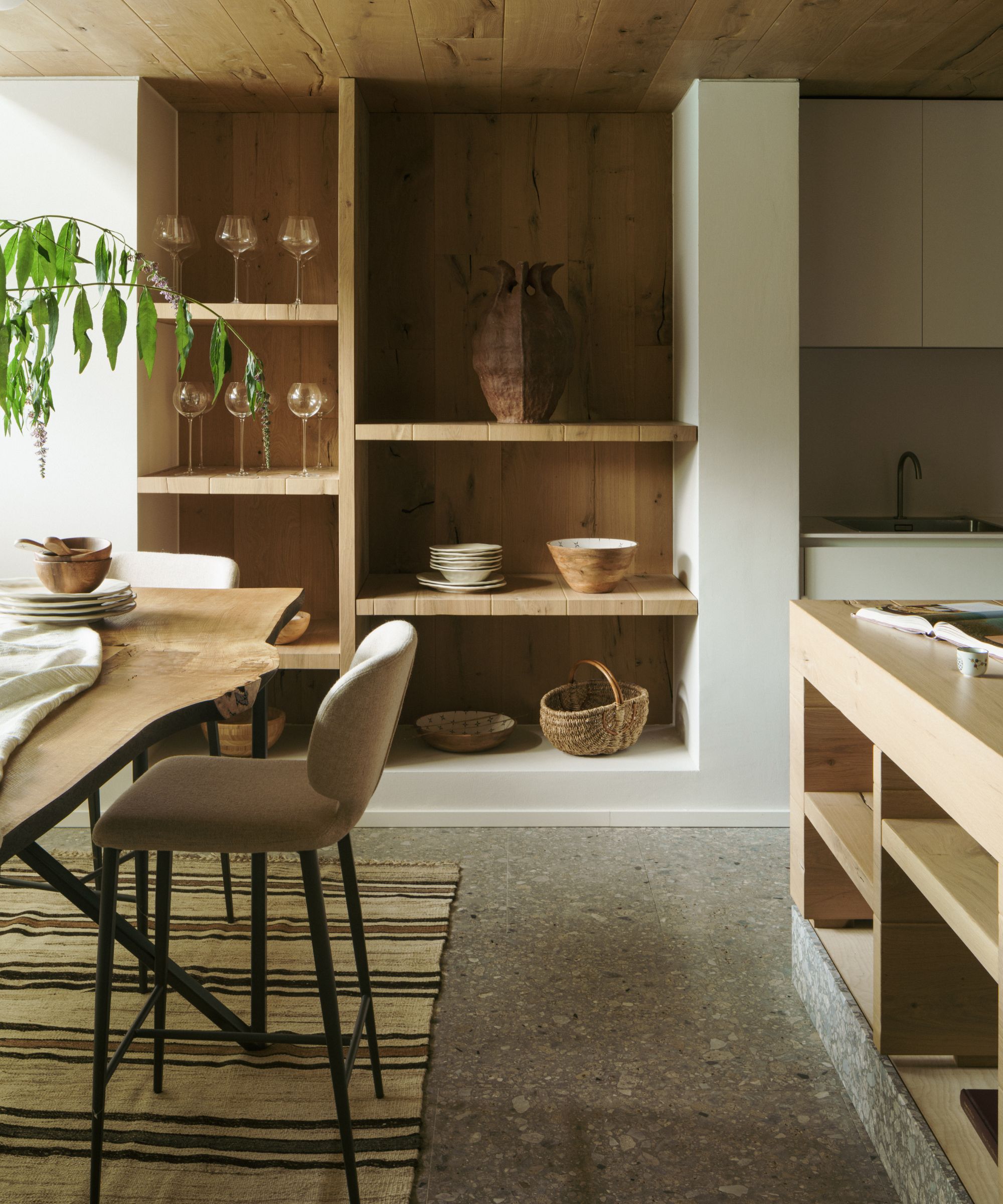
Consider the alcove's dimensions in relation to the items you plan to display on the shelves and the number of shelves you require. This will help you determine the number of shelves you will need, and their spacing.
You can choose to install your shelves at varying heights to create visual interest.
Consider accessibility as well as aesthetics when deciding the best spacing. Determine the needs and activities of the household and create layouts and designs that optimize usability and efficiency.
For example, if you are planning to display larger books or vases on top shelves and smaller items on lower shelves, you may want to accommodate this with your shelf spacing.
Next, determine how deep you want the shelves to be or how deep your alcove is. Use a level and a pencil to mark the desired height and position of the shelves on the walls of the alcove, ensuring that the marks are level and evenly spaced.
5. Install the brackets or supports
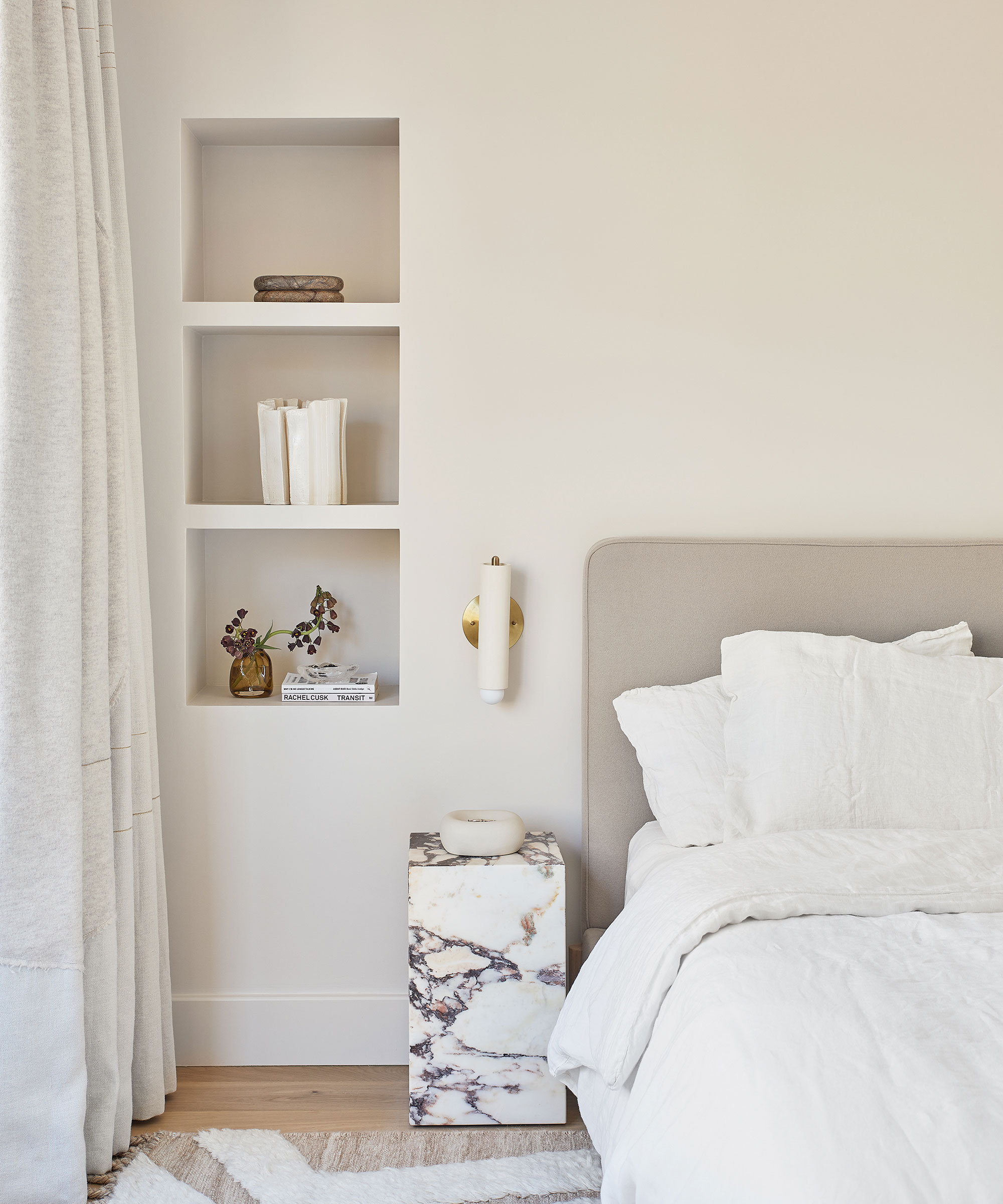
'Depending on the shelf design, install wall brackets or supports at the desired height and spacing within the alcove,' says Shlomo Cherniak. 'Use a level to ensure they are straight and properly aligned.' You can find this Craftsman level at Amazon.
Use a drill and appropriate screws or anchors to secure them to the wall.
'Place the shelves onto the installed brackets or supports. Secure them in place using screws, brackets, or other appropriate fasteners. Ensure that the shelves are level and securely attached,' adds Sdhlomo Cherniak.
6. Test and adjust
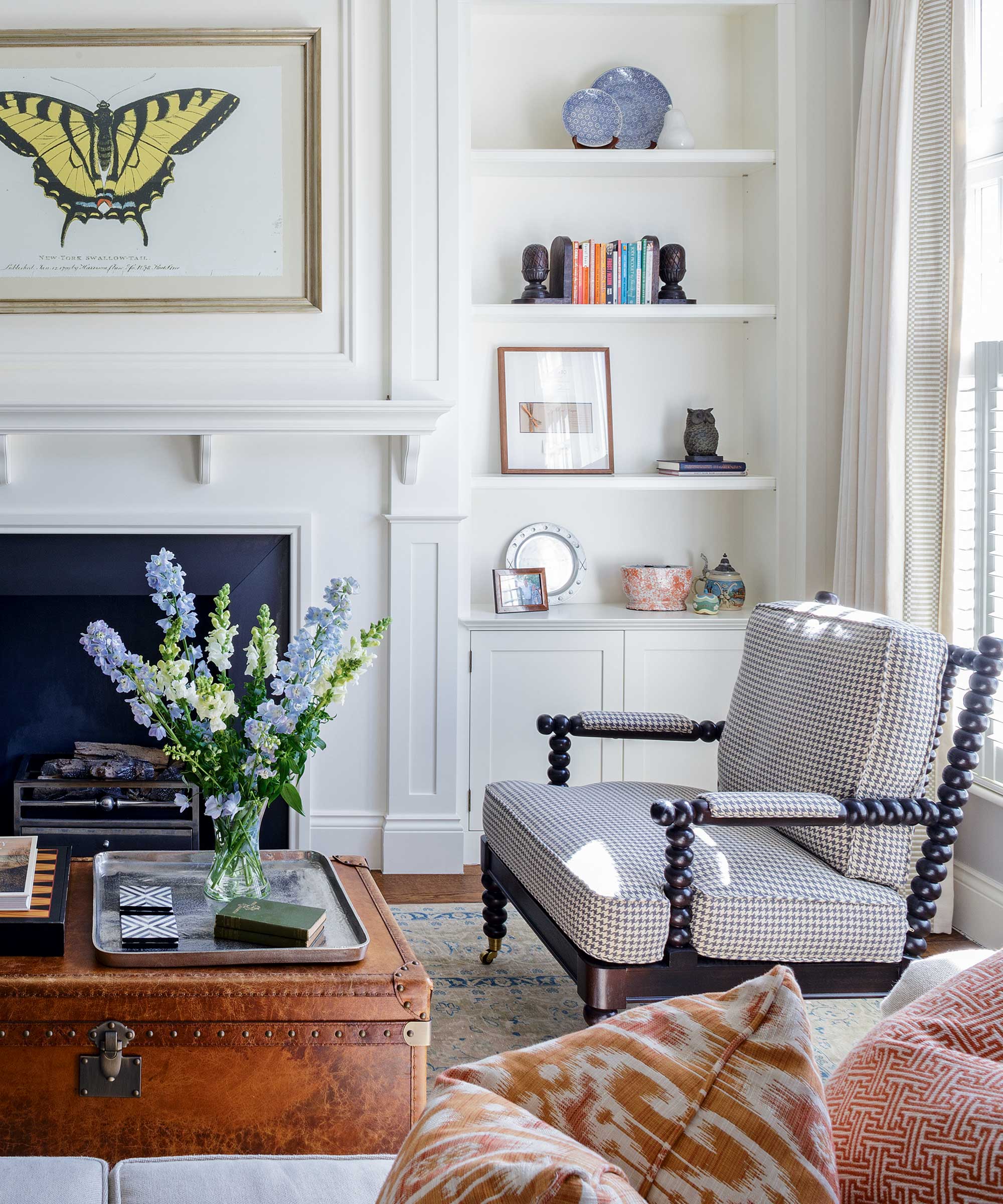
Once the shelves are installed, test their stability by placing some weight on them. You can also give the shelves a gentle shake to ensure they are securely attached to the wall.
If needed, make any necessary adjustments or reinforcements to ensure they are secure and level.
7. Finishing touches
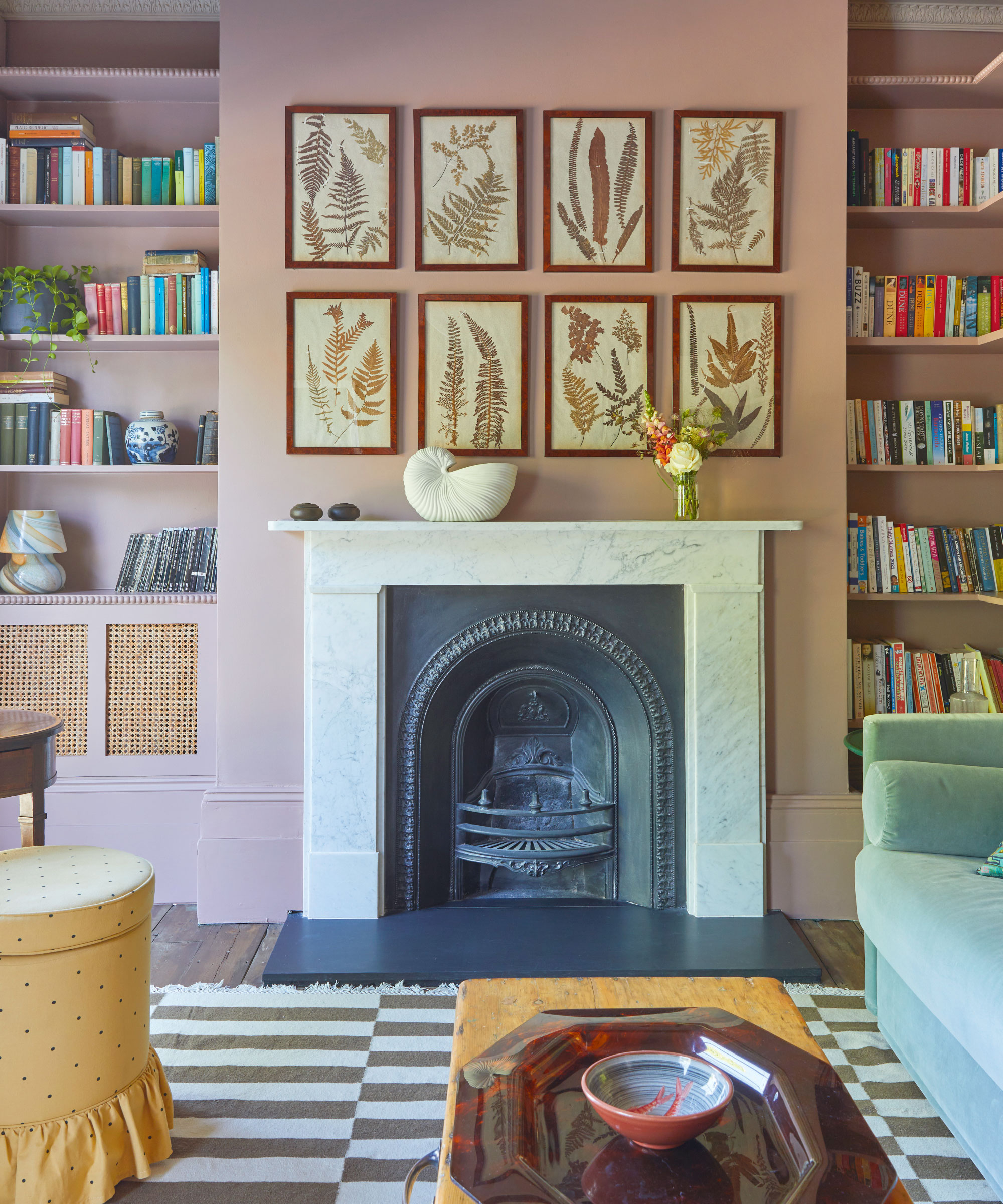
Now, add any finishing touches such as decorating your shelves to ensure they look and feel the way you want them to.
'Finishing touches like sanding, painting, and sealing provide durability and aesthetic appeal,' says Kerry Sherrin at Ownerly. 'In these shelves, organize items thoughtfully and consider adding decorative touches for an enhanced look.' This includes following the golden rules of organizing open shelving.
When painting shelves, there's always the debate of whether to match them with the surrounding walls, or paint them a contrasting color. Matching creates a seamless look while contrasting highlights the shelves. To blend the shelves into the room and make the room feel larger, paint them the same color as the walls.
'If you have a neutral-colored wall, opt for shelves in a contrasting color to add visual interest and make your alcove stand out. On the other hand, if your wall is painted boldly, consider painting your shelves in a lighter shade of the same color to create a cohesive look,' recommends Ricky Allen, designer and director of Ever Wallpaper.
Lastly, designers often focus on creating a cohesive theme or color scheme among the items on the shelves, tying the overall look of the alcove together for a polished and intentional design.
Rules interior designers follow
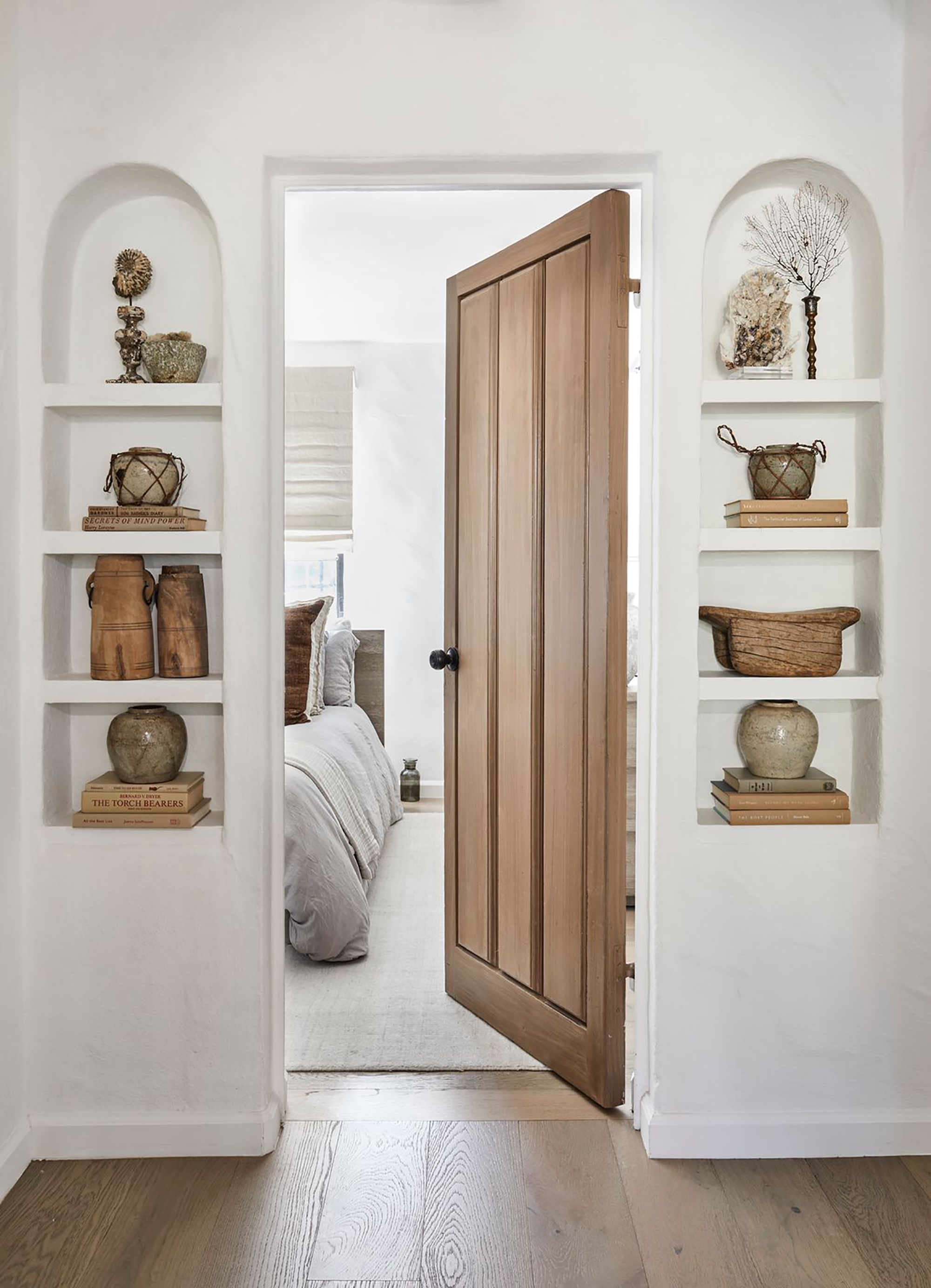
Interior designers aim to achieve seamless integration of the shelves with the alcove and the surrounding environment, whether they are designed as a stand-out feature or a subtle storage addition to elevate a space.
This includes meticulous attention to symmetry, scale and overall aesthetics to create a cohesive and visually pleasing result.
Rule 1: Balance is key

Achieving a sense of balance in a space involves distributing visual weight evenly. This can be done by arranging furniture and decor items in a way that creates a harmonious composition or ensuring shelves in different alcoves are symmetrical.
'When it comes to installing shelves in an alcove, symmetry is crucial. Asymmetrical placement of shelves can make the space look cluttered and unorganized,' explains Ricky Allen. 'It's essential to measure the alcove accurately and plan the placement of shelves before installation.
'For example, if you have a tall alcove, consider installing three or four evenly spaced shelves, depending on the size of the alcove. This will create a visually appealing symmetry and allow you to store items of different sizes.
Additionally, when decorating shelves, you should create balance by using taller items in the center of the shelves or reflected on either side. Using a consistent
design style or theme throughout the space can also contribute to ensuring that all elements in a space work together cohesively.
'Strike a balance between positive and negative space – the open space around objects is the breathing space of a room,' says Millie Hurst, Homes & Gardens' Solved section editor.
'This may mean spacing shelves a couple of inches further apart than you originally planned to create space and a visual sense of comfort and harmony. It could also mean you restyle your shelves with a curatorial eye, creating an absence of "stuff" to allow the objects you do display to really sing.'
Rule 2: Align shelves with architectural features
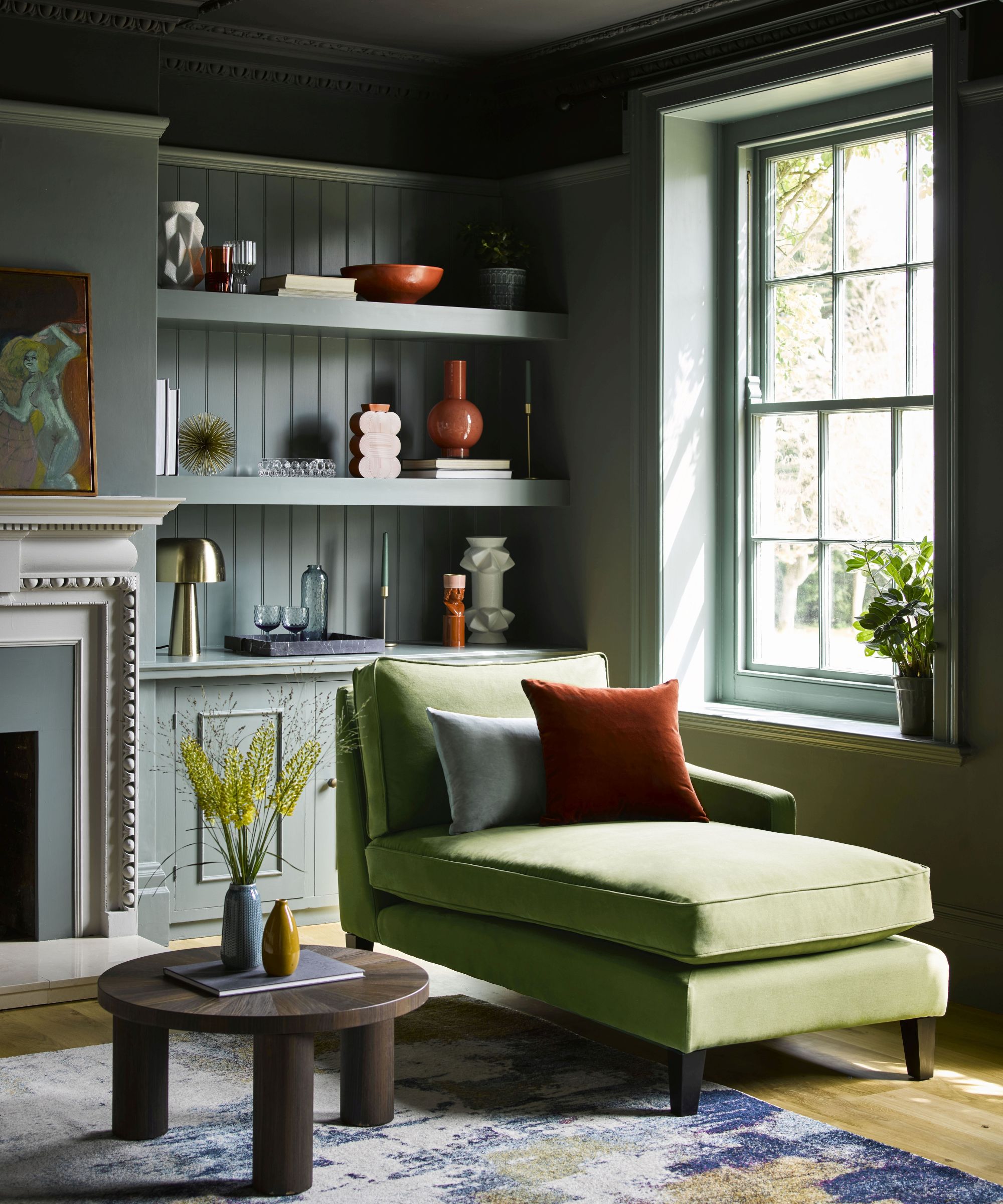
Lining up the heights of your shelves with other architectural features within a room will allow for better flow within the space.
Lucy Searle, Content Director across Homes & Gardens, Woman & Home, Real Homes and Ideal Home explains, 'For example, in the room above, the first shelf lines up neatly with the mantelpiece, while the lower shelf with the storage beneath is at the same height as the windowsill to its right.
'You'll note that the chaise back is also at that height, which exaggerates the effect, creating a harmonious finish.
'Furthermore, the single-color paint scheme allows the shelving units to blend away, once again heightening the feeling of calm in the room.'
Rule 3: Create an illusion of height
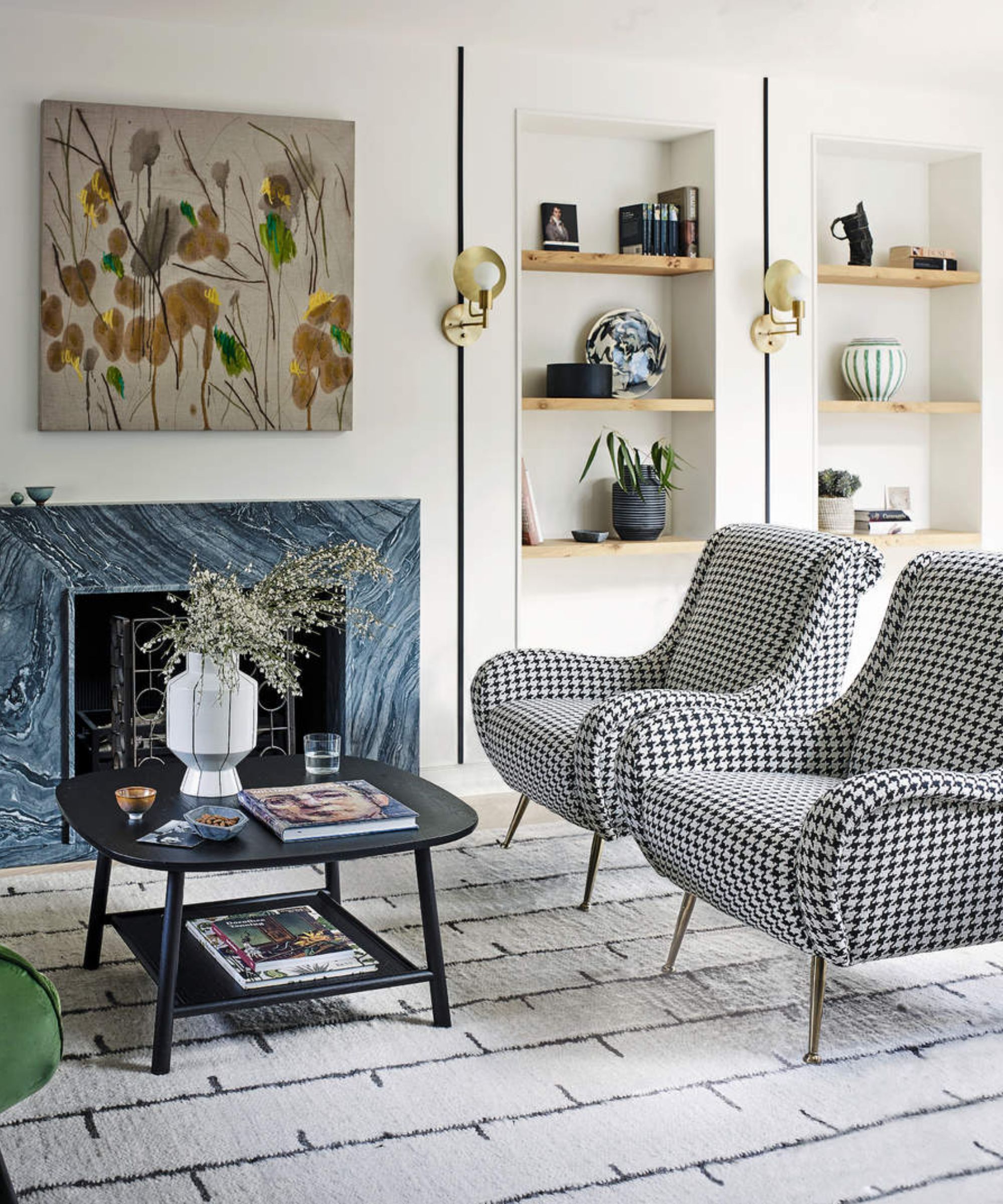
'Another rule designers follow when installing shelves in an alcove is making the space feel taller,' says Ricky Allen.
'One way to achieve this is by painting the back wall of the alcove with a lighter color than the surrounding walls. This will create an illusion of depth and make the space feel taller.
'You can also choose shelves with open backs or glass doors to allow light to pass through, making the space appear larger and more spacious. It's all about creating a visual trick that adds dimension to your alcove.
'Opt for taller shelves to draw the eye upward, enhancing the perceived height of the room.'
'Shelves are a way of incorporating line, one of the key elements of interior design,' says Millie Hurst. 'While vertical lines lead the eye up and create a feeling of formality, horizontal lines created by shelving in an alcove give a sense of stability while widening the space visually, so ensure shelves go all the way from one side to the other if you want to enhance the sense of space.
'Curved lines soften the look and create a playful rhythm, which makes a scalloped shelf edge a nice idea in kids' bedrooms. Diagonals bring a sense of energy, and while too many could feel too "busy" a couple of diagonal lines in shelving or through a patterned rug can enliven a space.'
FAQs
What are good lighting additions for alcove shelves?
Lighting integration is a great way to upgrade alcove shelves, ideal for highlighting them and their contents, as well as providing sufficient illumination for practical use.
This is particularly important if the shelves serve a dual purpose as both storage and display areas.
Ensure that the chosen lighting fixtures seamlessly integrate with the design of the alcove. This can be done by installing concealed lighting or fixtures that complement the overall aesthetic, elevating the visual impact of the alcove.
You can use strategically placed LED strips or spotlights, with a range of customizable options to tailor the lighting to the shelf's contents and enhance the overall visual experience.
This can include adjustable brightness levels, color temperature options, or even smart lighting systems that can be controlled remotely.
You can install battery-operated lights or hardwired lighting, depending on whether there's an electrical source nearby.
Lighting can be positioned to highlight key elements while maintaining a soft ambiance. The goal is to strike a balance between form and function.
Consider the shelving layout, the items to be displayed, and any architectural features within the alcove when determining the ideal lighting options.
While these rules often guide designers in their decision-making process, design is subjective and will vary based on individual preferences and project requirements. Design and decorate your alcove how you feel works best with the room's aesthetics, space and your functional requirements, while keeping proportion and balance in mind.







